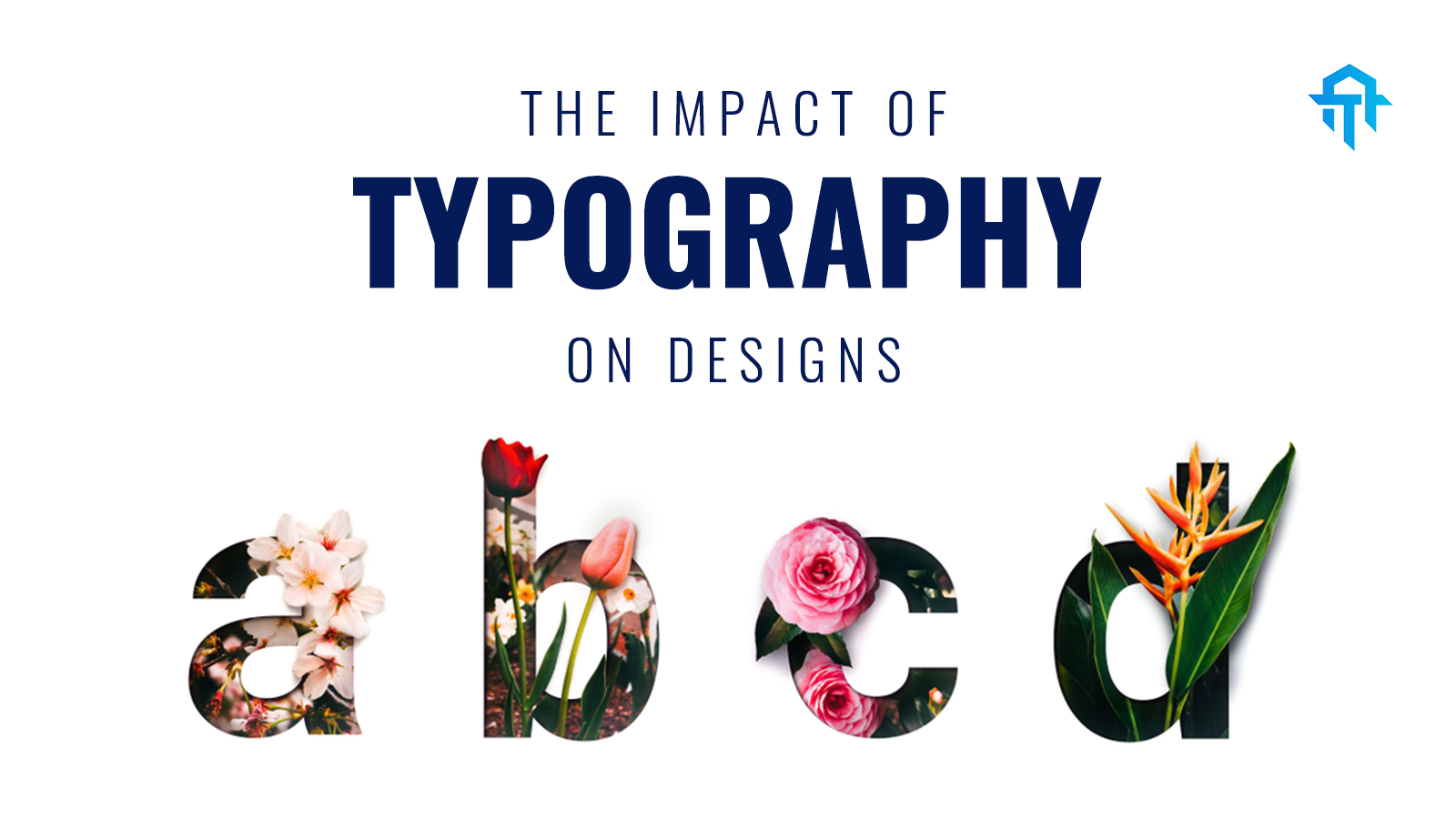
When it comes to design, typography is much more than just text on a page—they’re powerful tools that influence the way your audience perceives your brand, engages with your content, and navigates your website. Typography impacts both the aesthetic appeal and functionality of any design, making it an essential element for designers and business owners alike. Let’s explore why the use of fonts and typography is critical in design and how it can shape the user experience.
1. Conveys Brand Personality
Just like colors and images, typography is a key player in communicating your brand’s personality. Are you professional, playful, or cutting-edge? The font you choose says a lot about your brand. For example, serif fonts like Times New Roman exude tradition and reliability, while modern sans-serif fonts like Helvetica give a clean and contemporary look. The right choice of typography makes your brand voice more consistent and recognizable.
2. Enhances Readability
One of the most practical roles of typography is to ensure content is easy to read. The size, style, and spacing of fonts all impact how your audience absorbs information. Poor typography choices—such as using overly decorative fonts or too-small text—can make your content difficult to read, leading to frustration and abandonment. By choosing readable fonts and optimizing their use across devices, you create a better user experience.
3. Creates Visual Hierarchy
Typography helps organize content and guide the viewer’s eye. By using different font sizes, weights, and styles, designers can create a clear visual hierarchy, showing users where to look first and which information is most important. Headlines, subheadings, and body text each play a distinct role in guiding the reader through the content. Proper use of typography ensures that your audience understands the flow and structure of your message.
4. Influences User Behavior
Believe it or not, the right typography can influence how users interact with your design. Studies have shown that users are more likely to engage with content that feels approachable and easy to digest. Typography sets the tone and mood for the entire design, making users feel more or less inclined to take action, such as clicking a button, filling out a form, or making a purchase.
5. Builds Consistency and Trust
Consistency in typography builds trust with your audience. When your fonts are consistent across all your branding materials—whether on your website, social media, or printed media—it creates a cohesive brand identity. Consistency fosters familiarity, and when people recognize and trust your brand, they’re more likely to become loyal customers.
6. Sets the Emotional Tone
Fonts have the power to evoke emotions. Whether you want to create excitement, sophistication, or calmness, typography can help set the emotional tone of your design. Script fonts often feel elegant and formal, while bold, geometric fonts give off a more modern and innovative vibe. Understanding how different fonts influence emotion can help you design in a way that resonates with your target audience.
Typography is a fundamental aspect of design that directly impacts user experience, brand perception, and audience engagement. By choosing the right fonts and using them effectively, you can enhance the clarity, personality, and professionalism of your designs.
When used correctly, fonts and typography don’t just communicate—they captivate, influence, and inspire action. So, the next time you’re designing, remember that fonts are more than just a stylistic choice—they’re a vital part of your brand’s success.